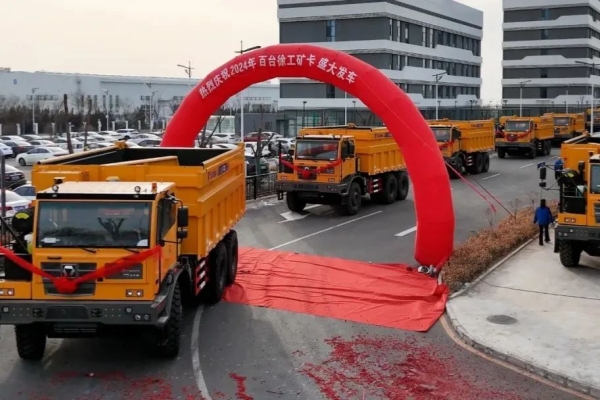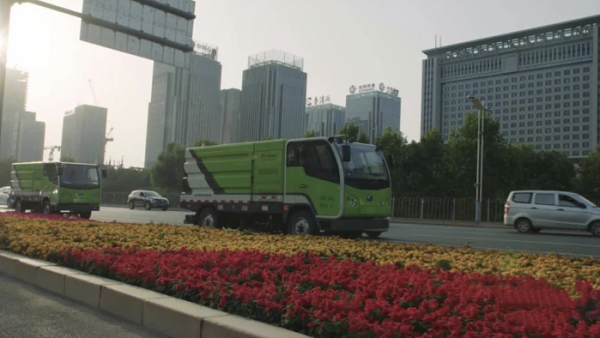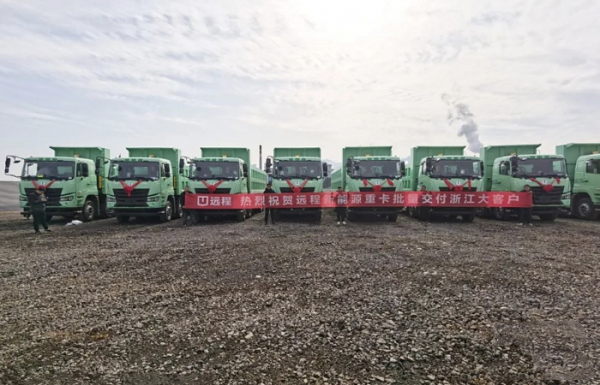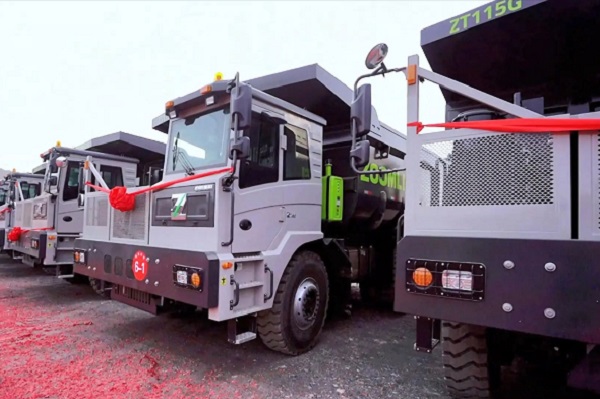Impact of Trade Tariff: Strategy of China’s Special-Purpose Vehicles
April 11,2025
Tech Localization and Distributed Manufacturing
Shaanxi Automobile Group announced its domestically developed "Xuan Yuan" electric drive axle—tested for 300,000 km durability—to replace sanctioned U.S. components, while Zoomlion adopted Huawei’s HarmonyOS for control systems and established a data compliance center in Myanmar. Manufacturers are deploying regional hubs:
- ASEAN bases: Fuel-powered vehicle assembly under RCEP tariff advantages.
- Middle East hubs: UAE facilities adapt EVs for desert conditions.
- Mexico gateway: Chery’s fire truck chassis production targets North America by 2025.
New Energy Breakthroughs
BYD delivered 200 electric mining trucks to Chile via Indonesia-based assembly, equipped with lithium iron phosphate batteries enabling 300 km range per charge. China’s 2024 new energy specialized vehicle exports surged 148%, with hydrogen refrigerated trucks and electric mixers now comprising 35% of shipments. UPS’s Singapore unit recently acquired 300 Chinese hydrogen fuel cell trucks, circumventing U.S. tariffs.
Challenges Ahead
Analysts note China’s specialized vehicle sector is transitioning from cost leadership to “technology-compliance dual engines,” with global market share projected to rise from 19% to 24% in 2025. However, tech self-sufficiency and geopolitical risks remain critical hurdles.
Source : China Ministry of Commerce, corporate disclosures
Editor : Alix
Views:3215







